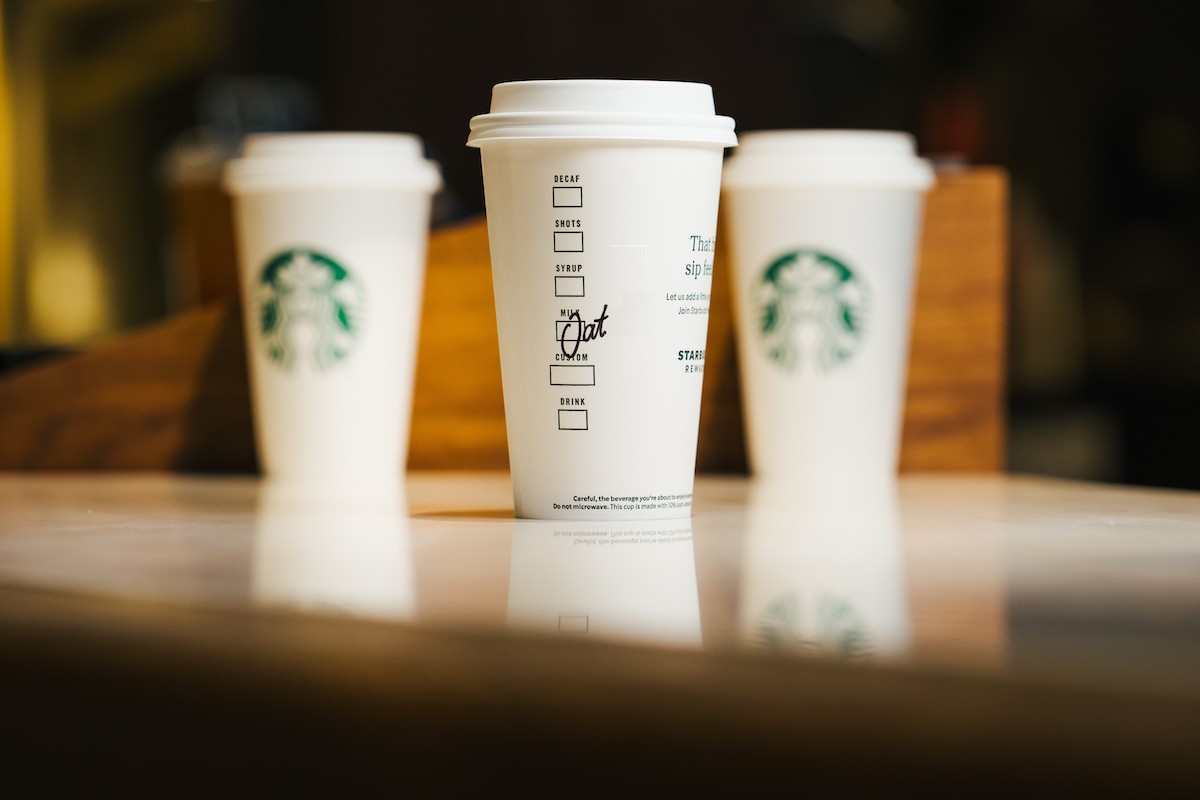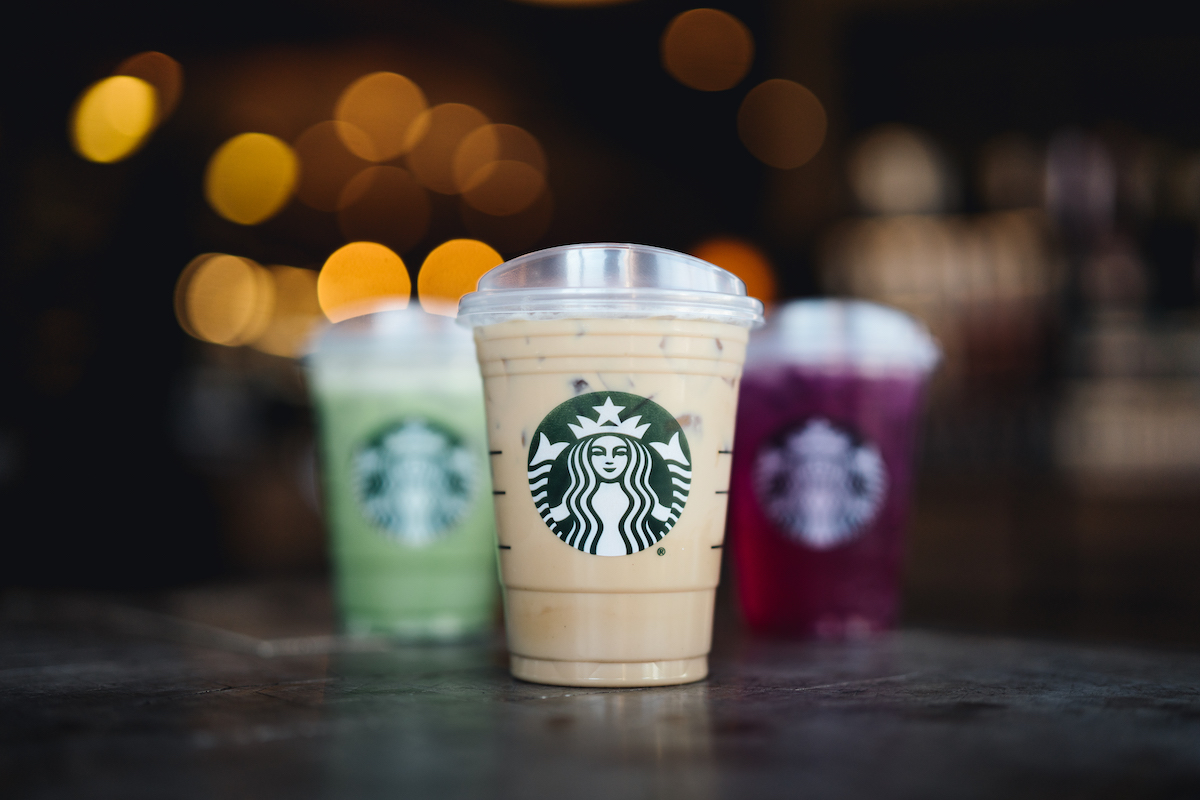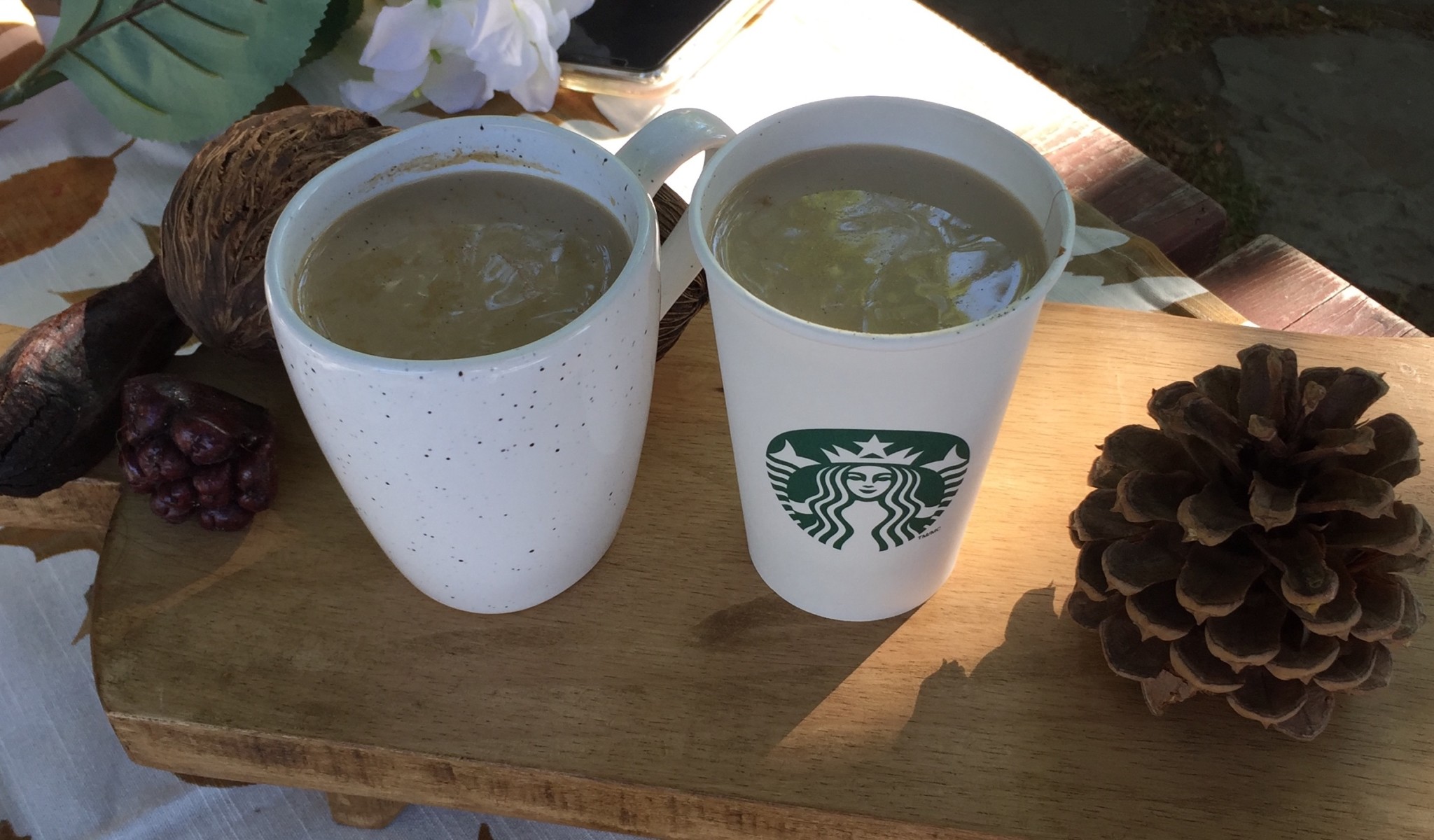While you’re enjoying Starbucks
Spicy
new ice-cold Starbucks beverage, you might notice that your beloved cold cup looks a little different starting this month –
but there’s a cool
reason why this switch-up actually helps our planet (without compromising your beverage intake).
Starbucks is launching an improved
single-use cold cup made with 10-20% less material, designed with features to be more accessible for low-vision customers and partners (employees) and makes baristas’ jobs easier too, thanks to the introduction of a universal lid.
This innovation
builds on Starbucks commitment to give more than it takes from the planet by cutting its climate, water and waste footprint in half and ensure all customer packaging is reusable, or compostable by 2030.
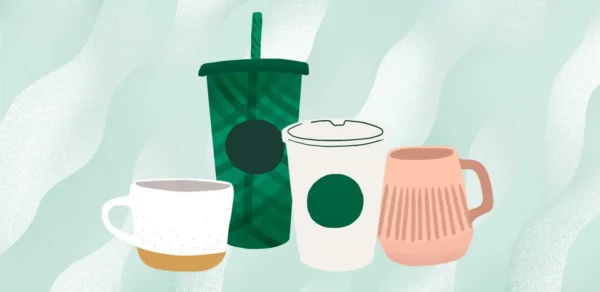
Here’s everything you need to know about Starbucks improved single-use cold cups:
Only the Tall cup
will look different in your hand – it was redesigned with a wider mouth and profile to still hold the same 12 ounces of beverage! Specialized
R&D machines tested every aspect of the cup’s design to ensure that it feels exactly the same – despite using 10-20% less material.
They’re accessibility led
and were inspired by feedback from store partners, and partners with low vision helped directly inform the features to make the cup
more accessible, including:
A universal lid for tall, grande and venti cups
Black and white fill lines for improved visibility when indicating measurement specifications
Raised dots and letters to indicate size for partners and customers with low vision
You’ll begin see the cups this month in select stores across the U.S. and Canada,
with a full rollout completed through the course of the next year.
Starbucks is the first and only national coffeehouse in Canada to offer customers the option to use their clean personal cup for every visit at company-owned stores, including drive-thru and when they make a mobile order. See how it works and learn more about our sustainable packaging initiatives and goals.
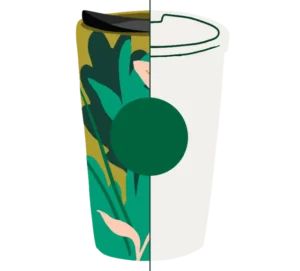
Towards a more sustainable cup
We set a bold aspiration to become resource positive and are committed to reducing our landfill waste by 50% by 2030. Additionally, we’ve set an ambitious goal for our cups to be 100% compostable, recyclable, or reusable; sourced from 50% recycled materials; and made using 50% less virgin fossil fuel derived sources by 2030.
In-store recycling and composting bins where services are available. Starbucks developed a Partner Waste and Recycling App, informed by partners (employees), that helps store partners know exactly what can be recycled or composted in their municipality.
Collaborating with others, like Return-It, to improve recycling infrastructure outside of stores
Eliminated single-use plastic lid stoppers in favour of recyclable lid stickers
Replaced all single-use plastic straws with straws made with compostable material or paper
![]()
Reusable revolution
tarbucks has been championing reusable cup options for over 30 years and continues to provide customers with a 10 cent discount when they bring in a clean, reusable cup for beverage orders. We continue to innovate to make it easier for customers to use reusable cups and help reduce cup waste sent to landfills.
For-here cups: Available in all company-owned stores in Canada with café seating
Returnable cups: Over 30 tests in more than 20 markets globally
Bring your own clean personal cup: Available in all order channels, including drive-thru and the Starbucks app, in North America. Starbucks always has a variety of reusable hot and cold cups available for purchase, including cups made with 100% post-consumer recycled materials.
Starbucks Becomes First National Coffee Retailer to Accept Reusable Cups for Drive-thru and Mobile Orders

In addition, Starbucks supports sustainable packaging policies that:
- Help reduce waste sent to landfills by supporting improved recycling and organics diversion
- Help accelerate reuse as a key component of the circular economy
- Reduce complexity and promote circularity by setting globally harmonized definitions and standards
*Some of the initiatives mentioned above are in development and expected to launch by the end of 2024.
Information provided by Jill Lindsay, Media Profile and Starbucks Canada Stories.


